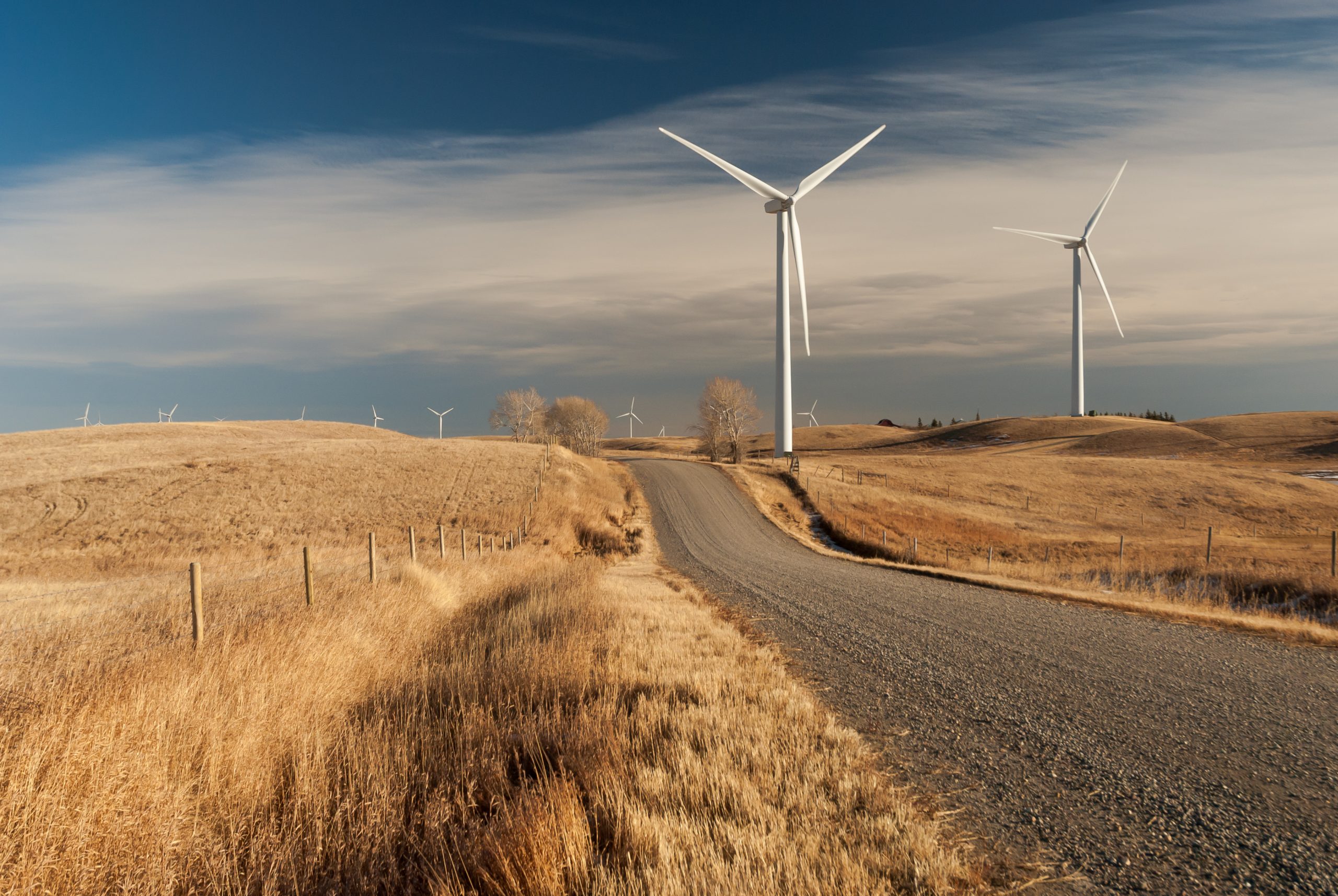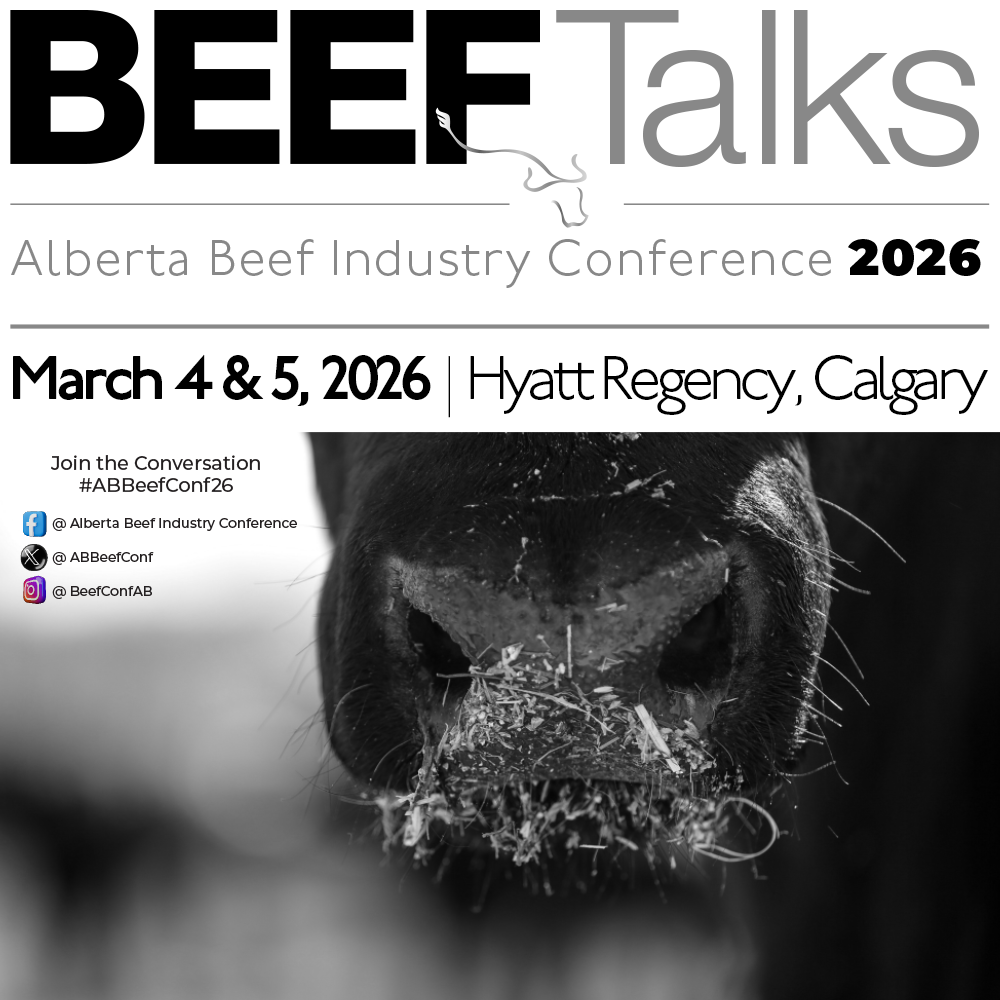AB Direct - Steers
Rail: 490.50-493.00 FOB feedlot (last week)
AB Direct - Heifers
Rail: 490.50-493.00 FOB feedlot (last week)
US Trade- Steers
Rail: 353.00-355.00 (IA, NE) last week
US Trade - Heifers
Rail: 353.00-355.00 (IA, NE) last week
Canadian Dollar
0.01

New regulations to protect Alberta’s agricultural lands and environment
The Government of Alberta has introduced new regulations aimed at ensuring responsible renewable energy development. These measures are designed to protect Alberta’s iconic landscapes, agricultural lands, and the environment for future generations.
Over the past decade, Alberta’s renewable energy sector has seen rapid growth. However, the regulations governing this development have not kept pace, leading to concerns from municipalities, agricultural producers, and landowners. In response, the Alberta government is trying to restore balance and set a clear path for responsible renewable energy development, by making new amendments to the Activities Designation Regulation and Conservation and Reclamation Regulation.
The new amendments provide clarity for renewable energy developers regarding environmental protections. These changes introduce consistent reclamation requirements across all renewable energy operations, including a mandatory reclamation security requirement. This ensures that renewable power generation projects are responsibly decommissioned and reclaimed, protecting landowners and taxpayers from future reclamation costs.
The government is taking an ‘agriculture first’ approach to these new regulations. This approach safeguards Alberta’s native grasslands, irrigable lands, and productive agricultural areas. Protecting agricultural land is essential not only for food production but also for environmental stewardship and wildlife protection.
The Electric Energy Land Use and Visual Assessment Regulation enhances protections for municipalities’ most productive lands, ensuring that energy projects consider irrigation potential and compatibility with agricultural operations.
Minister of Alberta Agriculture and Irrigation, RJ Sigurdson, says these measures are crucial for minimizing the impact of energy development on agricultural lands and protecting local ecosystems and global food security.
“Our province accounts for nearly 50 per cent of Canada’s cattle, produces the most potatoes in the country, and is the sugar beet capital of Canada. None of this would be possible without the valuable, productive farmland that these new rules protect,” explains Minister Sigurdson. “Understanding the need for an ‘agriculture first’ approach for energy development is as simple as no farms, no food.”
Additionally, the new regulations establish guidelines to prevent renewable energy projects from impacting Alberta’s pristine viewscapes. Buffer zones and visual impact assessment zones will ensure that large industrial projects do not mar the province’s natural beauty, supporting the continued growth of Alberta’s tourism sector.
Brodie Haugan, Chair of Alberta Beef Producers, expressed support for the new measures.
“We’re pleased to see the government taking steps to protect Alberta’s agricultural lands and their environmental and economic value. With growing concerns over the loss of grasslands and agricultural land, it’s encouraging to see proactive measures being implemented. These changes help to address beef producers’ concerns about being burdened with reclamation costs for damages they didn’t cause.”
As Alberta’s population and economy grow, it is essential to develop additional power generation in a balanced and responsible manner. These new regulations promote environmental stewardship, protect Alberta’s landscapes, and ensure food security by safeguarding agricultural lands.


